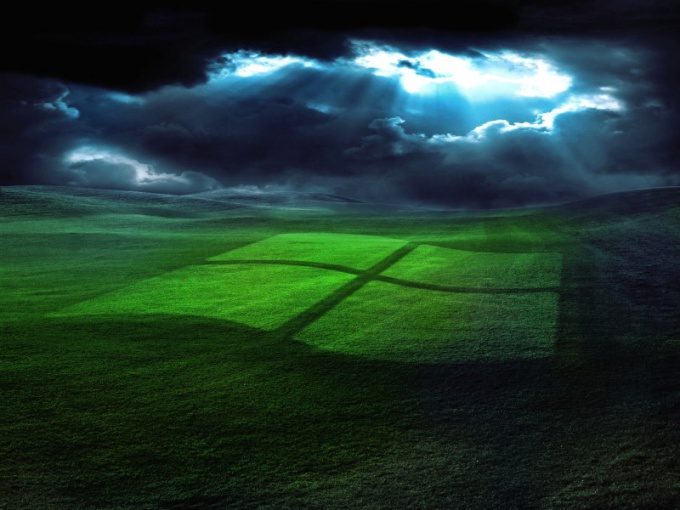What are temporary files
Operating system and application programs during operation create files with intermediate results of calculations. These files are stored in special folders TEMP and TMP in the Windows directory and the Windows\Documents and Settings. Temporary files are automatically deleted by the program, however this is not always happening. Thus gradually the TEMP and TMP folders expand, occupying more space on the system drive.
In addition, temporary files created by Internet browsers while surfing Internet. The web pages are saved on the hard disk and when you visit are downloaded to the browser from a special folder, and not from the Internet, which saves time and bandwidth.
What is the recovery point
A useful feature of Windows is the recovery of the damaged system by rolling back to one of the previous working state. Restore points are created automatically if the corresponding option is enabled, or manually by the user. The backups are saved within 12-15% of the disk space.
What is disk cleanup
Windows provides special means for removal of garbage information from your hard drive – disk cleanup utility. Double click "My computer" and right click on the desired drive icon. Select "Properties". In the "General" tab under "Capacity", click "disk Cleanup". After this cleansing program within a few minutes to analyze the disk status and identify files that can be deleted.
If you choose the logical drive on which they store information, you will see a prompt to empty the recycle bin, compress old files and delete all files of the directory the content indexer. To find out more about each activity, select it with the cursor. In the lower part of the window, a tooltip appears. In the right column will display the amount of disk space that this frees up. If the logical disk you have installed the program, go to the Advanced tab and see which ones you can delete.
While cleaning the system drive (usually C) for removal will be offered to files created by Windows, temporary Internet files, offline web pages, outdated restore points, etc. please tick the data you want to delete and click OK. The tooltip will help you to decide.
In the Advanced tab, you can remove unused Windows components and unused programs.
The described method is suitable for Windows 7 and Windows XP. If you have Windows 8, swipe your mouse up from the bottom right corner of your monitor and click "Settings", go to "control Panel" and type in the search bar "administration". Click "administrative tools" and double-click "disk Cleanup". Select the disk, click OK and in the dialog box disk cleanup, tick the data you want to delete.
